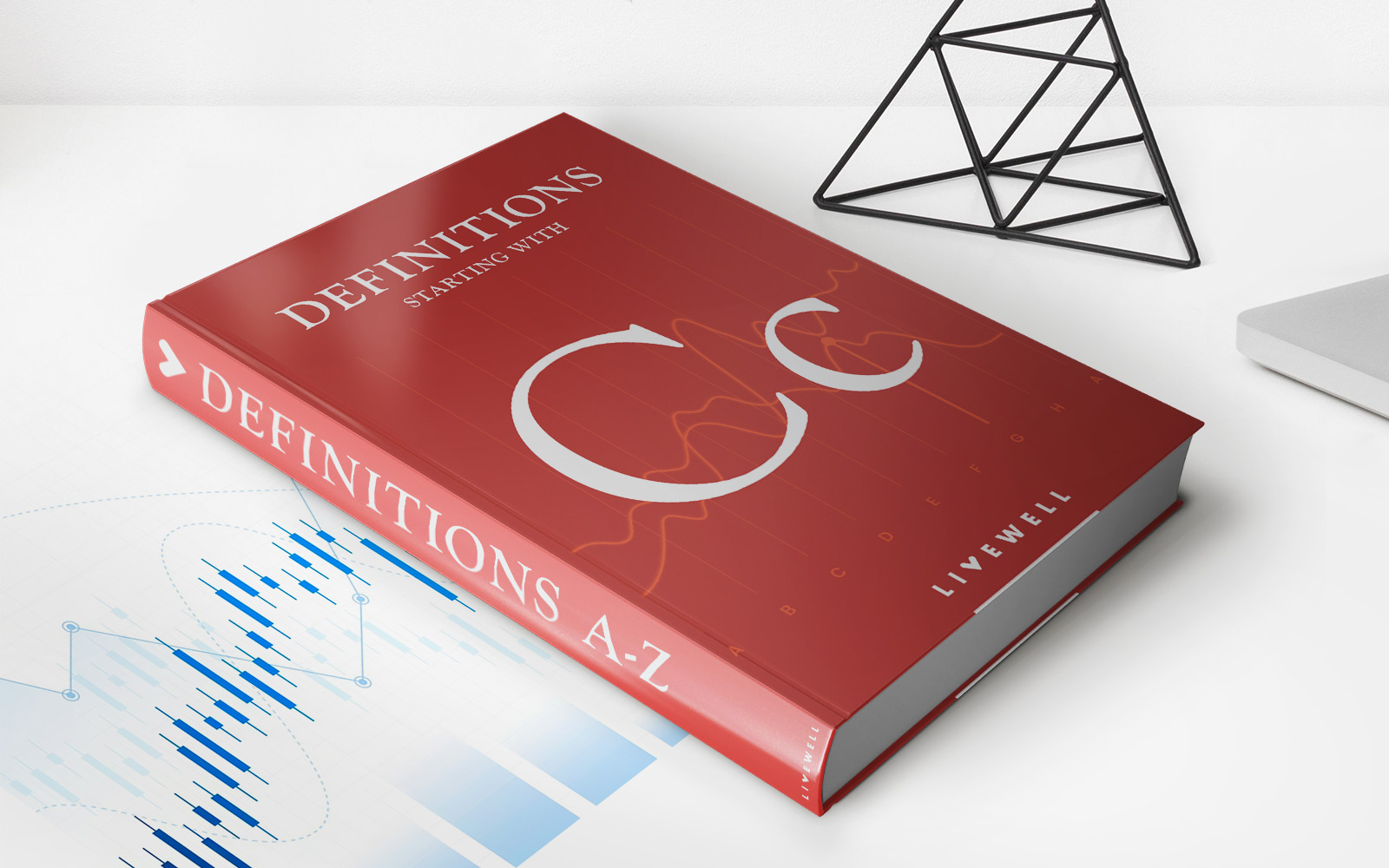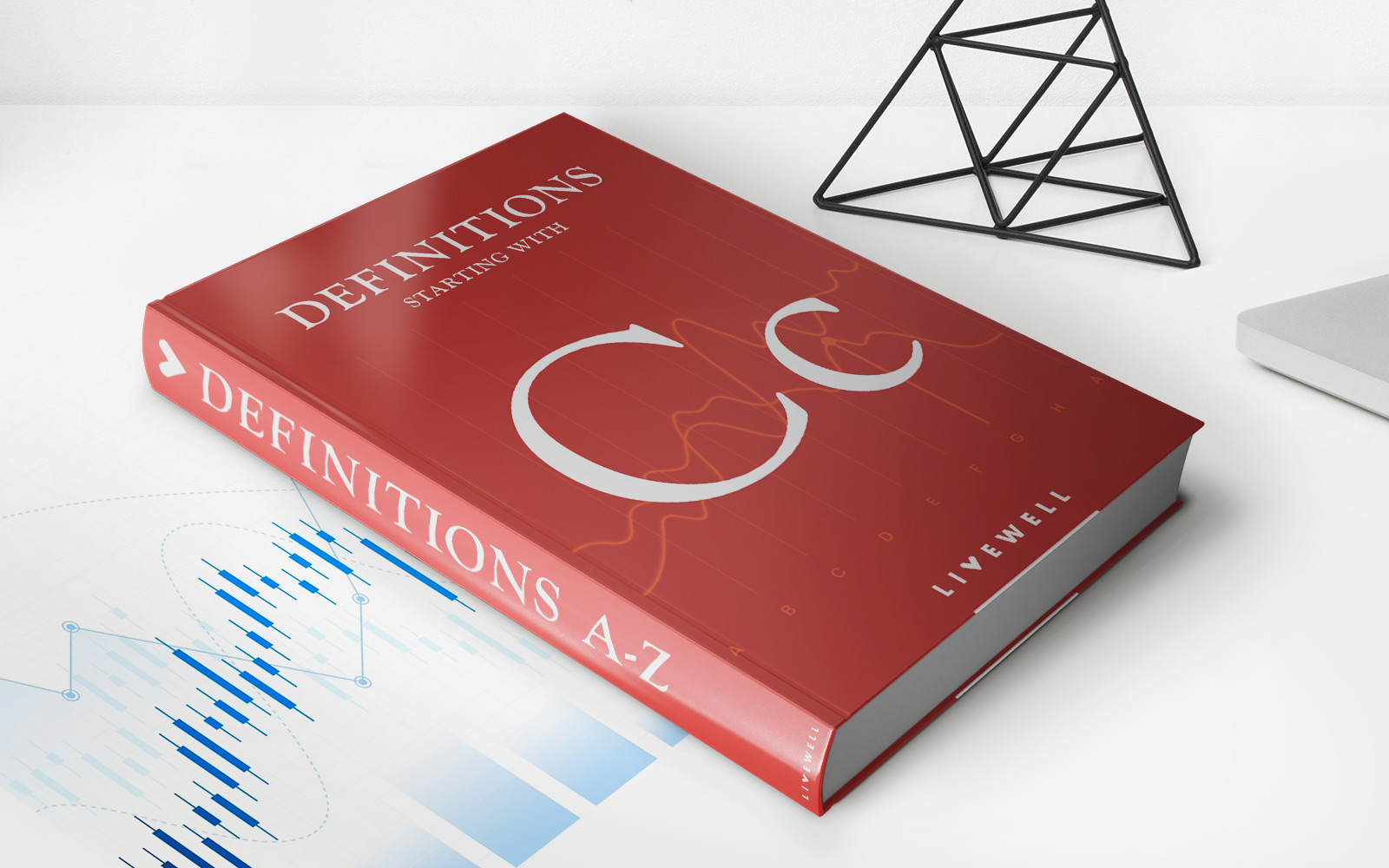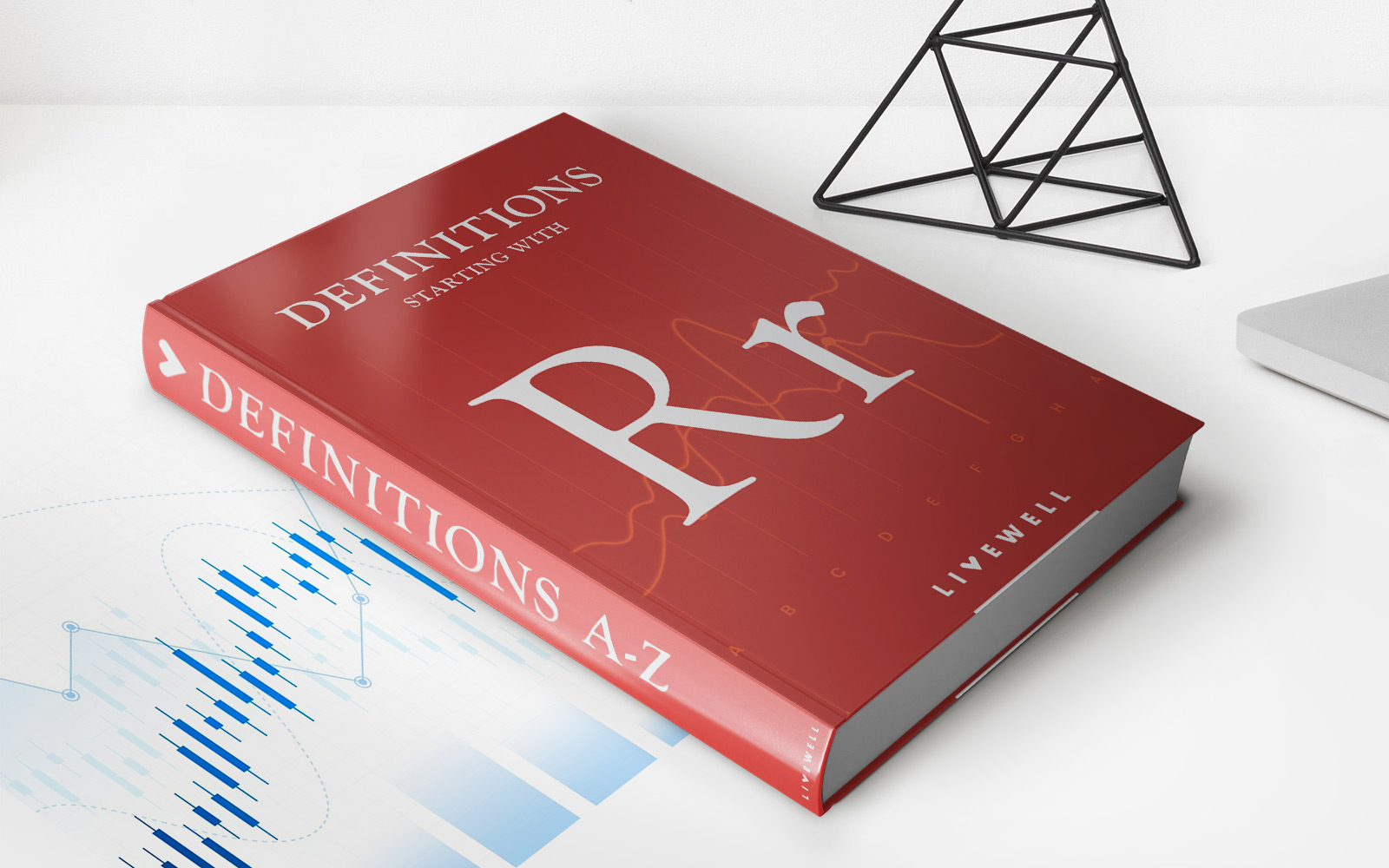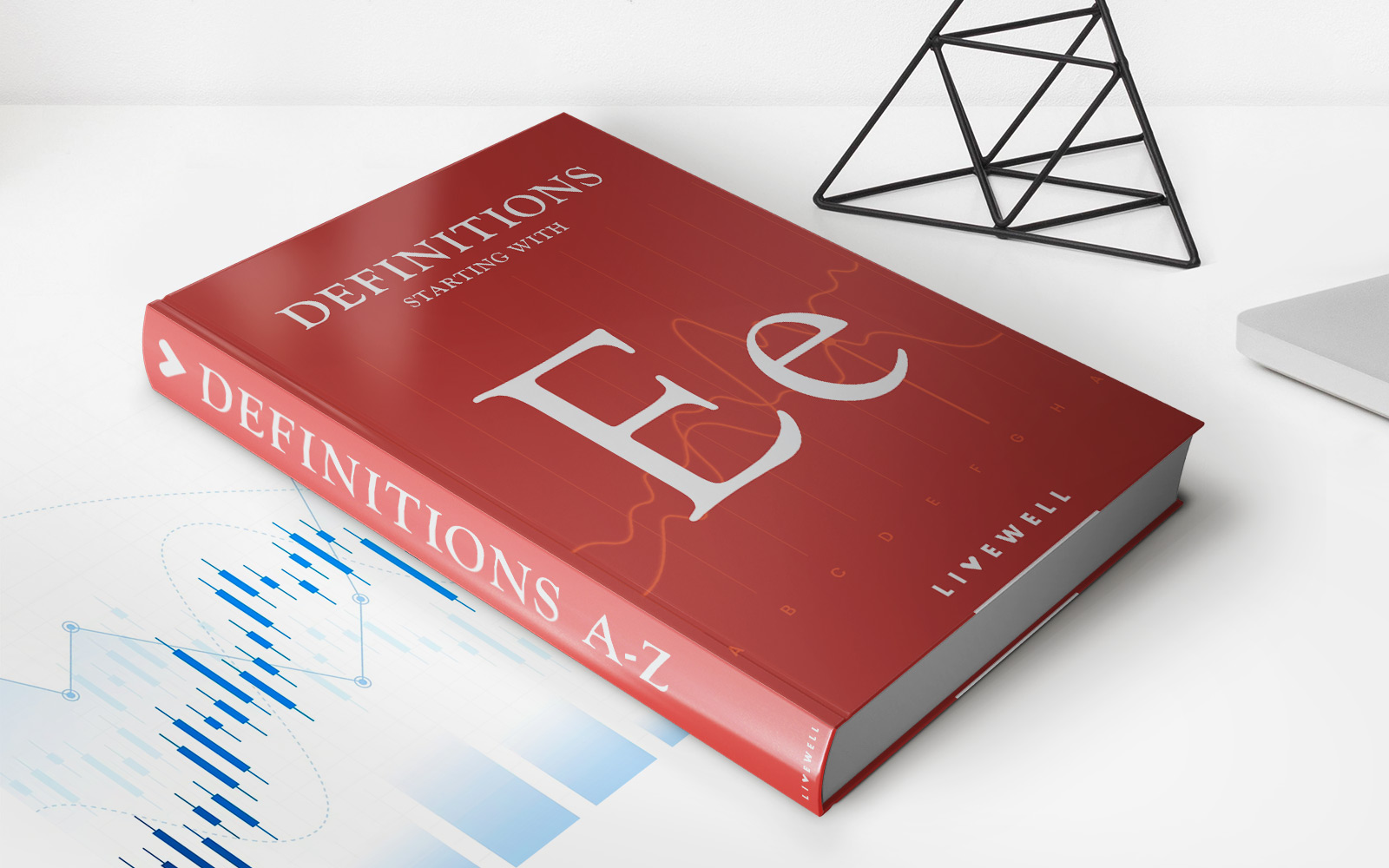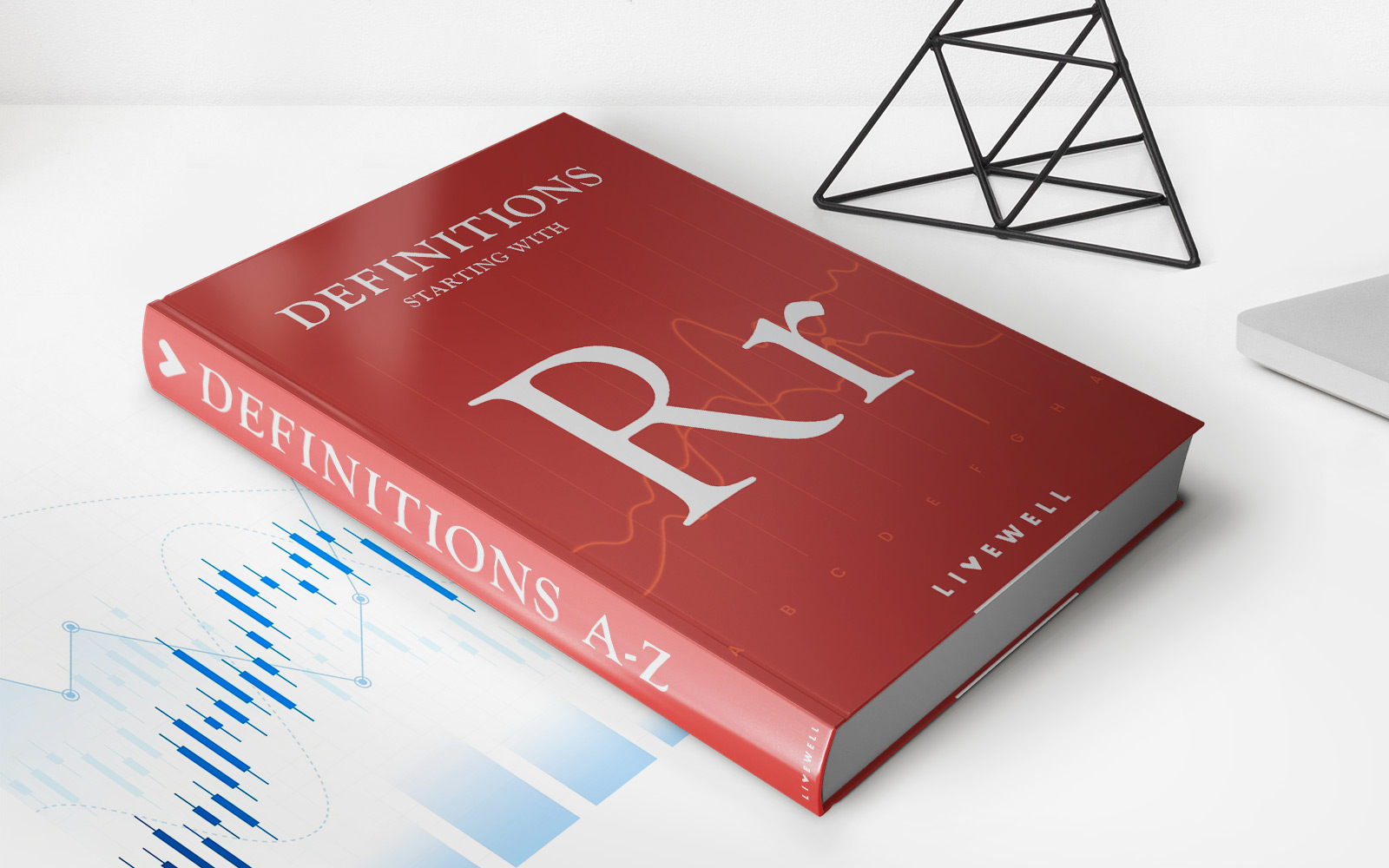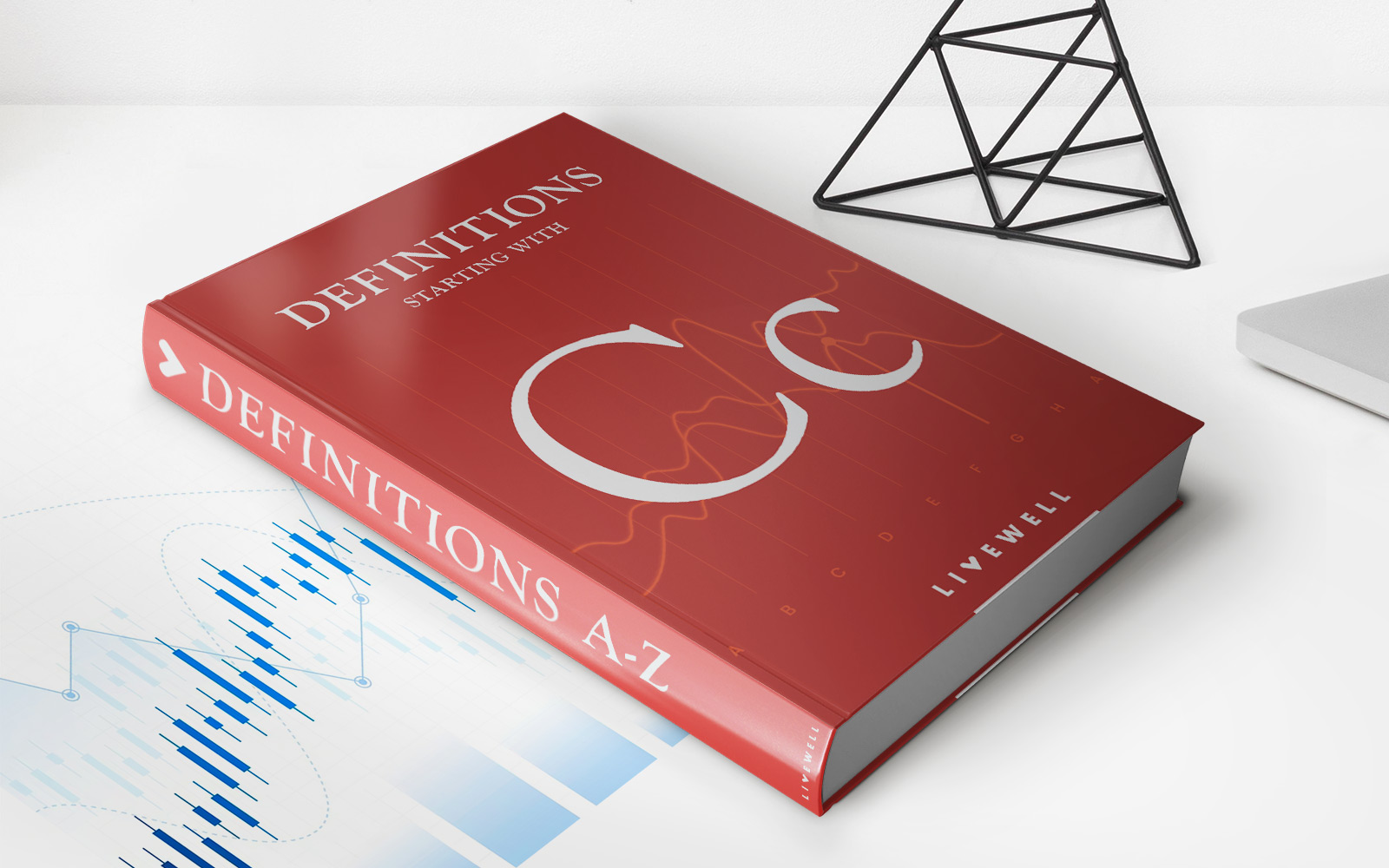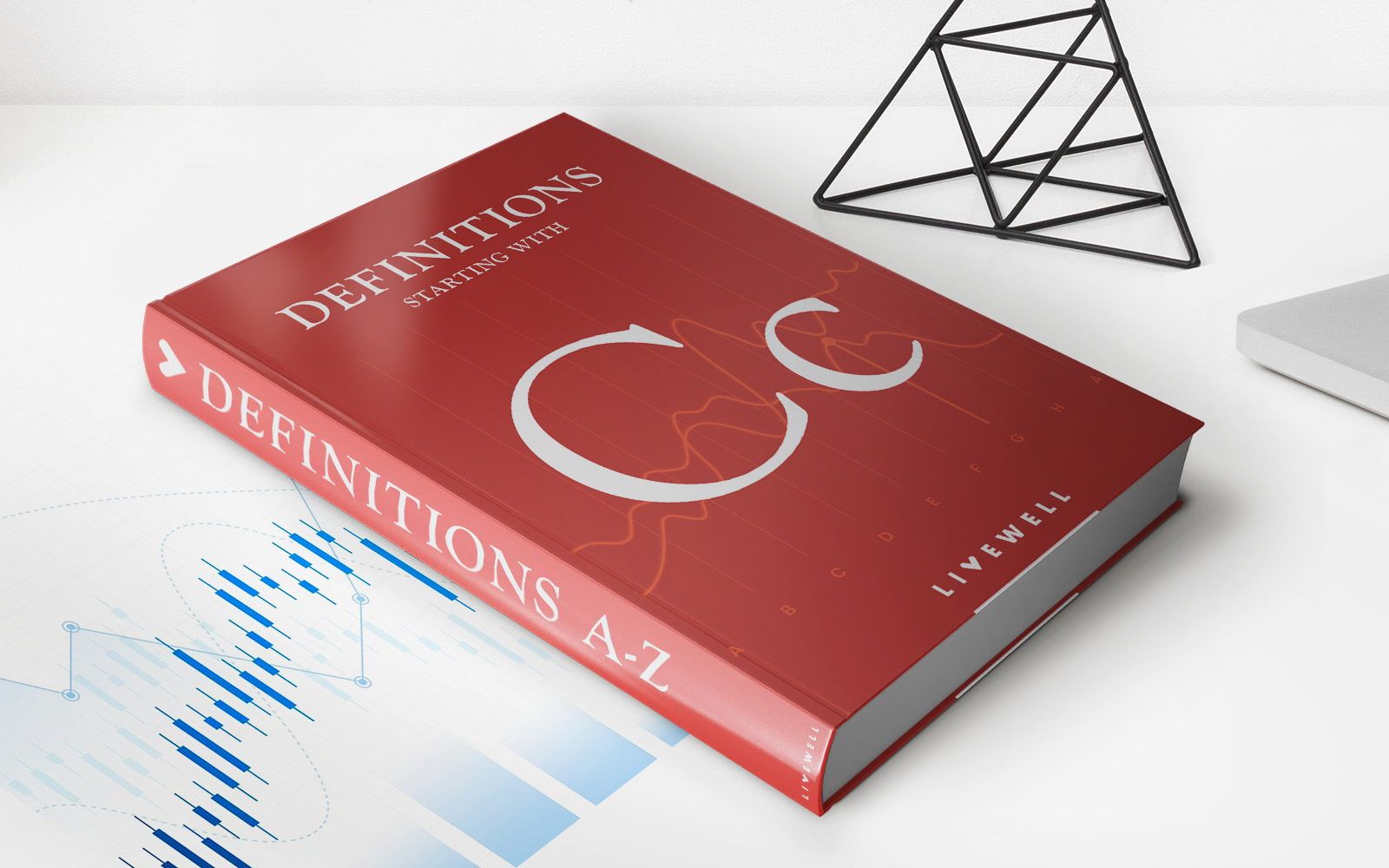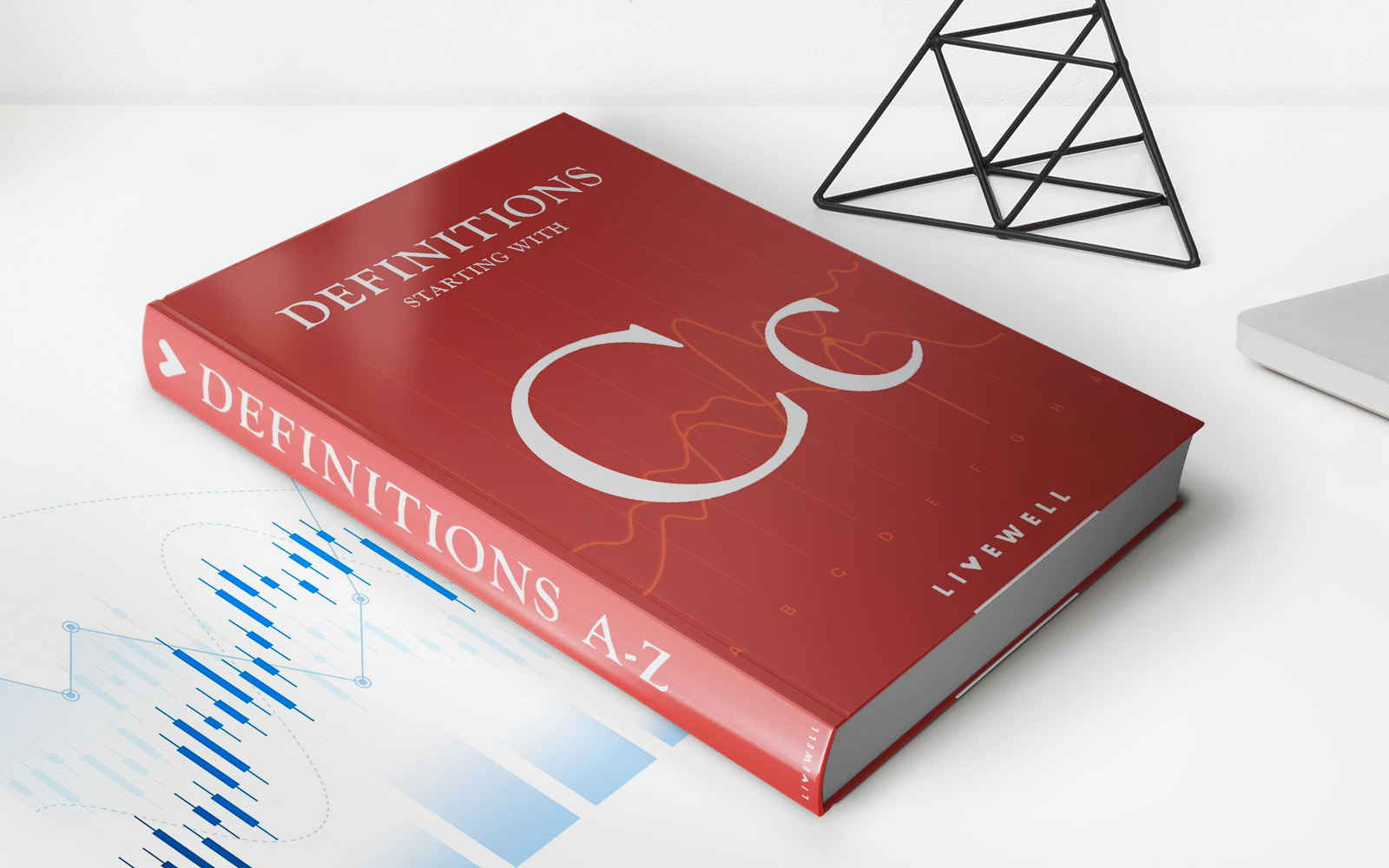

Finance
Catastrophe Excess Reinsurance Definition
Published: October 25, 2023
Learn the definition of catastrophe excess reinsurance in the finance industry to protect against large-scale disasters and mitigate financial risks.
(Many of the links in this article redirect to a specific reviewed product. Your purchase of these products through affiliate links helps to generate commission for LiveWell, at no extra cost. Learn more)
Understanding Catastrophe Excess Reinsurance
Welcome to our “FINANCE” blog category, where we explore various aspects of the financial world and provide insights to help you make informed decisions. In today’s article, we will be diving into the world of Catastrophe Excess Reinsurance. If you’re wondering what this term means and how it impacts the insurance industry, you’re in the right place!
Key Takeaways
- Catastrophe Excess Reinsurance provides insurers with protection against large-scale losses caused by catastrophic events.
- Insurers can transfer a portion of their risk to reinsurers to minimize their potential exposure.
Now, let’s delve deeper into the world of Catastrophe Excess Reinsurance to gain a better understanding of this crucial financial concept.
Defining Catastrophe Excess Reinsurance
Catastrophe Excess Reinsurance is a specialized form of reinsurance that provides coverage to insurers against catastrophic events such as natural disasters, major accidents, or other large-scale incidents. These events can result in substantial financial losses for insurers, threatening their stability and ability to pay claims.
By utilizing Catastrophe Excess Reinsurance, insurers can transfer a portion of their risk to reinsurers. In exchange for a premium paid by the insurer, the reinsurer agrees to indemnify the insurer against losses that exceed a predefined threshold, typically referred to as the “attachment point.”
For example, let’s say an insurer has a Catastrophe Excess Reinsurance agreement with an attachment point of $100 million. If the insurer incurs losses below this threshold due to a catastrophic event, they are responsible for covering those losses. However, if the losses exceed the $100 million attachment point, the reinsurer will step in and cover the remaining amount above that threshold.
The Impact on the Insurance Industry
Catastrophes, such as hurricanes, earthquakes, or terrorist attacks, can cause significant financial strain on insurers. Without the protection offered by Catastrophe Excess Reinsurance, insurers may be unable to manage the associated risks effectively. The potential magnitude of losses resulting from catastrophes can be overwhelming, potentially threatening the insurer’s solvency and ability to meet their financial obligations to policyholders.
By leveraging Catastrophe Excess Reinsurance, insurers can better safeguard their financial stability. Reinsurers, who specialize in assuming these types of risks, play a crucial role in absorbing a portion of the potential losses. This enables insurers to continue operating and fulfilling their obligations to policyholders, even in the face of catastrophic events.
In Summary
Catastrophe Excess Reinsurance is a vital component of risk management in the insurance industry. By transferring a portion of their risk to reinsurers, insurers can protect themselves against potentially devastating financial losses caused by catastrophic events. This enables insurers to continue operating and providing coverage to policyholders, ensuring the stability and resilience of the industry as a whole.
We hope this article has provided you with valuable insights into the world of Catastrophe Excess Reinsurance. Stay tuned for more finance-related articles in our “FINANCE” category, where we strive to simplify complex concepts and help you navigate the financial landscape with confidence.

